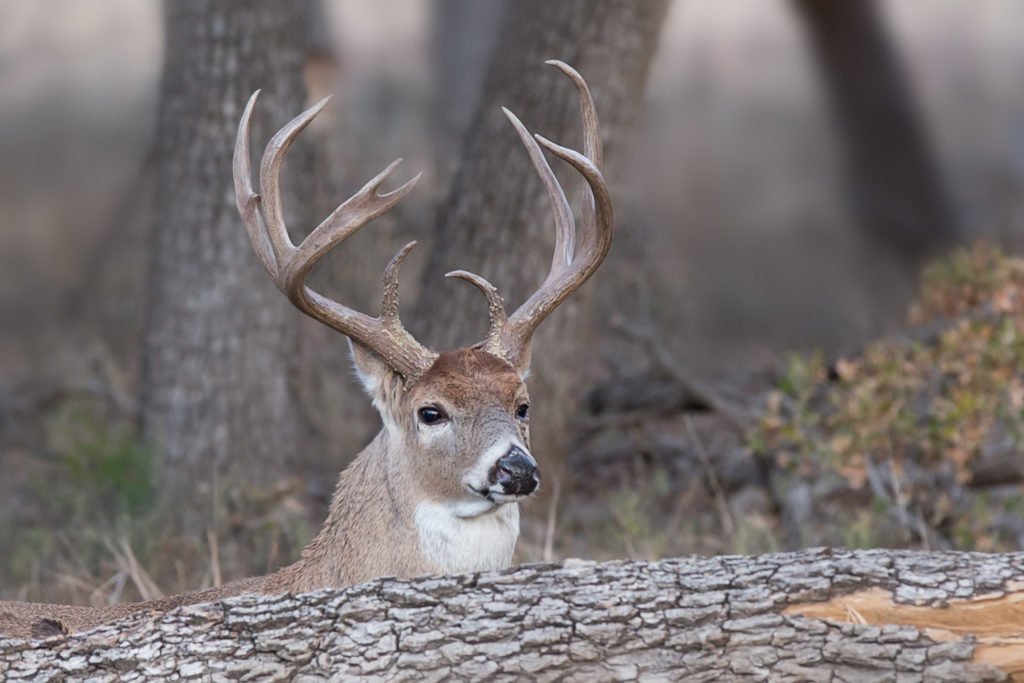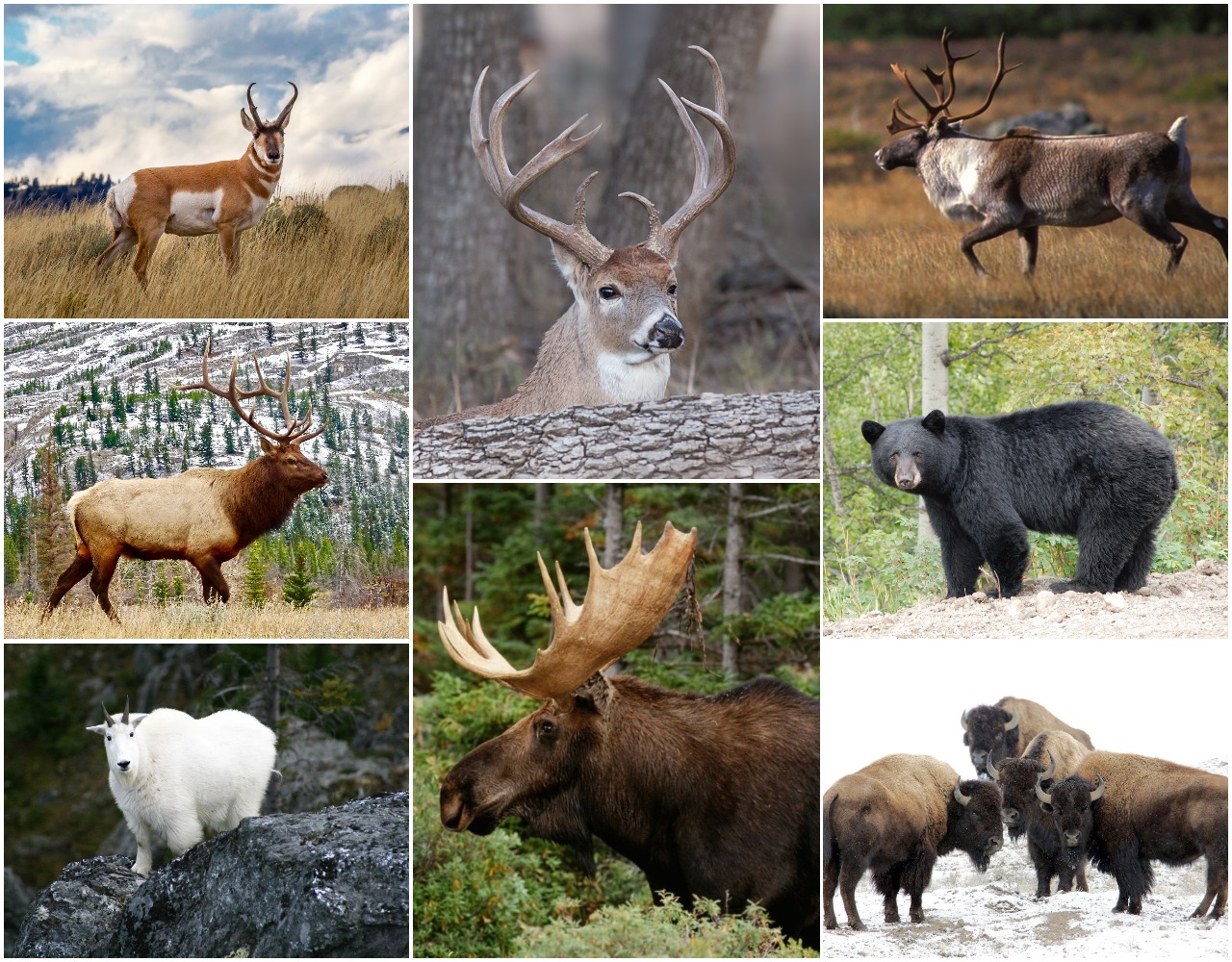Hunter hot spots
Gear up for a big-game bonanza this fall, as our exclusive annual hunting forecast of deer, moose, elk, bears and more reveals
Advertisement

ONTARIO
This past winter was severe throughout much the province. Northern Ontario often sees hard winters, but this time the severe snow and cold extended well into the south. Many deer and elk populations will have been hurt as a result, so some Ontario hunters may be disappointed this fall. Fortunately, the white-tailed deer is a resilient species with a high reproductive potential, so populations can recover quickly with subsequent milder winters.
Note: As of January 1 this year, all hunters who are issued a tag must report their hunting activities. Further information can be found on page 34 of the 2019 Hunting Regulations Summary (www.ontario.ca/page/submit-hunter-report).
Advertisement
BLACK BEARS
Ontario has a large number of black bears, estimated at nearly 100,000. They’re found all across the province, although in very low densities near the human-populated centres of the southwest. In some of the best areas, though, bear populations appear to be trending down. A four-year study that began in 2017 will help to get a more accurate estimate of the numbers. That said, hunting prospects remain very good for 2019. Successful hunters can help biologists assess black bear management options by submitting two premolar teeth from each harvested bear.
ELK
Advertisement
After an absence of more than 100 years in Ontario, elk are on the comeback in four northern locations thanks to a reintroduction program in the 1980s and ’90s. The population is now estimated at 500 to 1,000 animals, although the past winter is likely to have had a negative impact. The Bancroft/North Hastings population is strong enough to support a limited hunter harvest, but hunter demand for the available tags is high.
MOOSE
The estimate of Ontario’s moose population is considered stable at 80,000. Half of those animals are found in the Northwest Region, with about 34,000 in the Northeast Region and the remaining 6,000 in the Southern Region. Moose hunting is expected to be good this fall, but the picture is not uniformly rosy. Of the 67 wildlife management units (WMUs) where moose are managed, 31 are within population management targets, while eight are above target and 28 are below. Hunting regulation changes over the past few years appear to be having the desired effect of increasing moose numbers, albeit slowly. Continuing management challenges include low calf recruitment, increasing vehicle access and winter ticks. While ticks are normally found on moose, the loads are particularly high in the two northern regions, resulting in poor body conditions, lower calf production and some mortality. Provincial biologists and the newly formed Big Game Management Advisory Committee are working on options to increase moose populations and maintain hunting opportunities, while improving the draw system for resident moose tags (for more information, go to www.ontario.ca/page/moose-management-review).
WHITETAILS
There are an estimated 400,000 white-tailed deer in Ontario, although that number is certainly going to be somewhat lower this year. Severe winters are common in the Northeast and Northwest Regions, and deer numbers there will be down. The Southern Region, which supports about 75 per cent of the province’s deer, typically escapes the worst of winter. Not so this past winter, however, notably in WMUs 46 to 61; only the more southerly WMUs escaped the harsh elements. There are still plenty of deer to hunt, of course, but 2019 is not expected to be a banner year.
WOLVES
Wolves are common wherever there are prey animals, and Ontario’s population is considered stable. Determining an accurate estimate of the overall numbers is challenging, however. With the Algonquin wolf now listed as threatened, hunting and trapping seasons for both wolves and coyotes have been closed wherever Algonquin wolves are known to range. Details and maps are on page 84 of the 2019 Hunting Regulations Summary.

